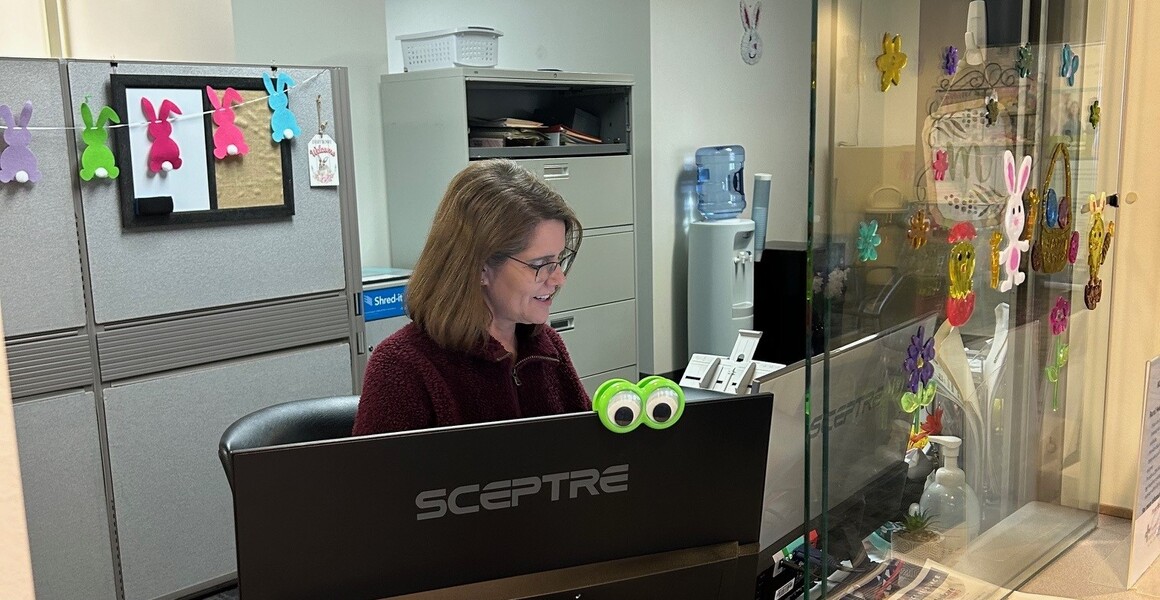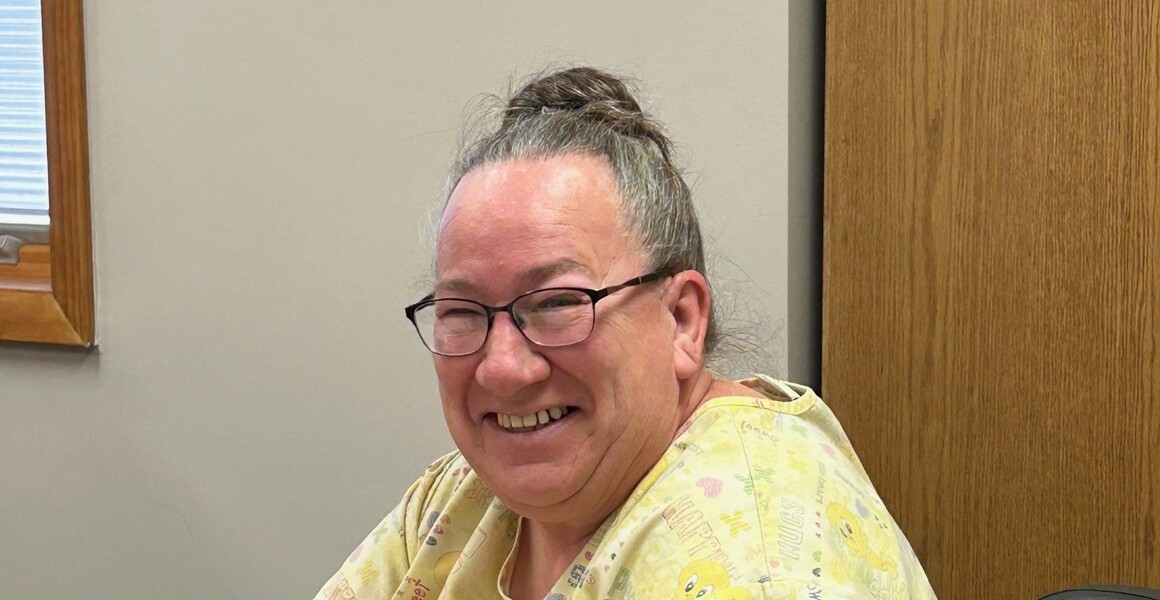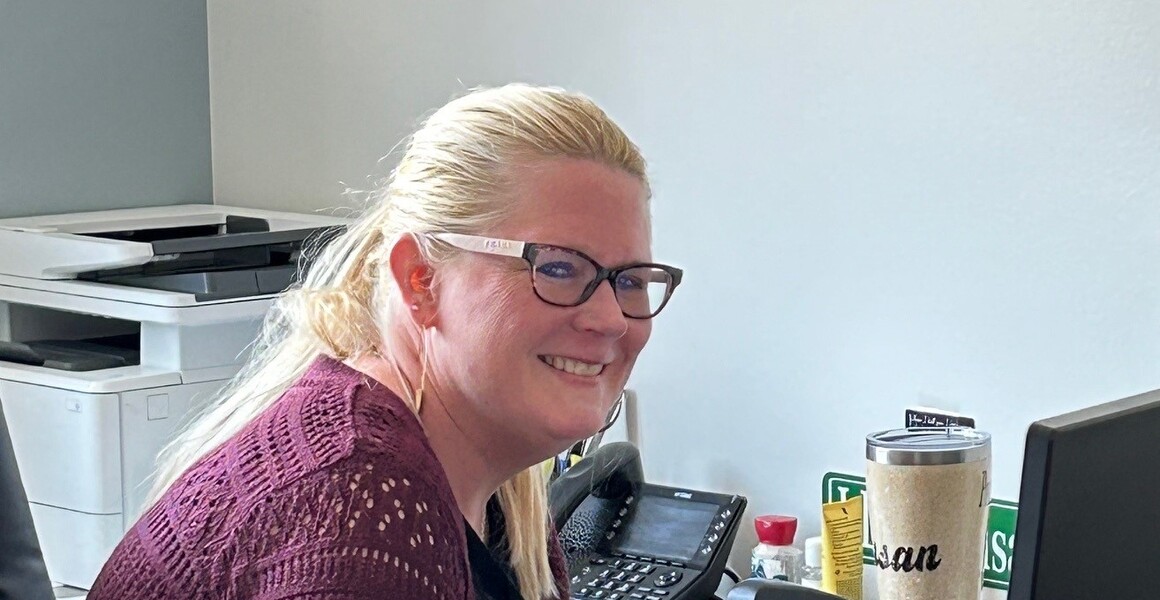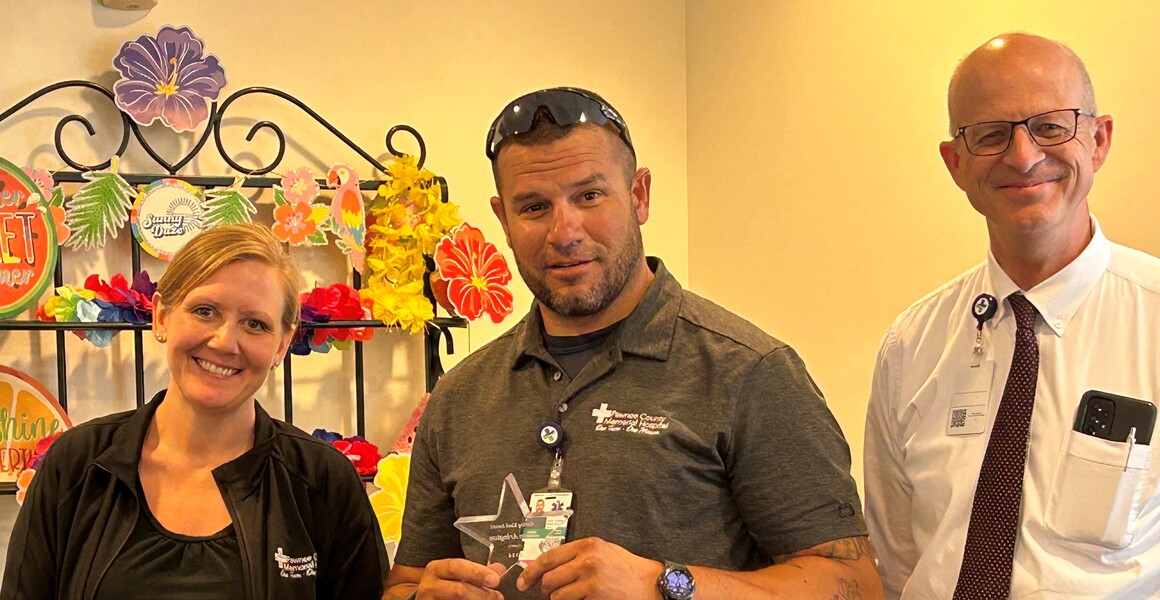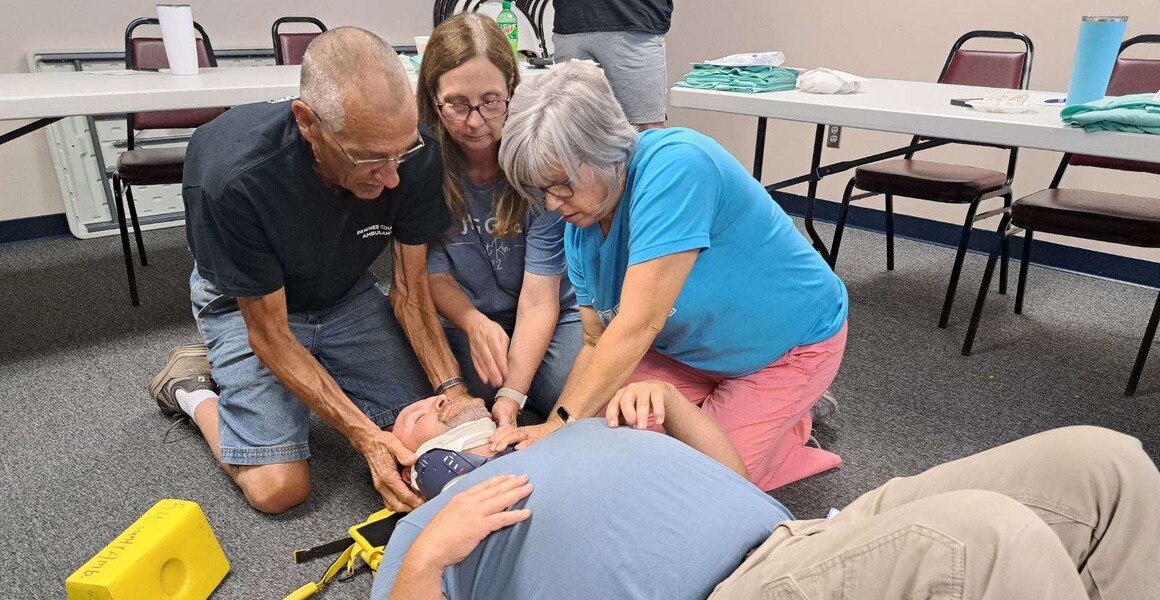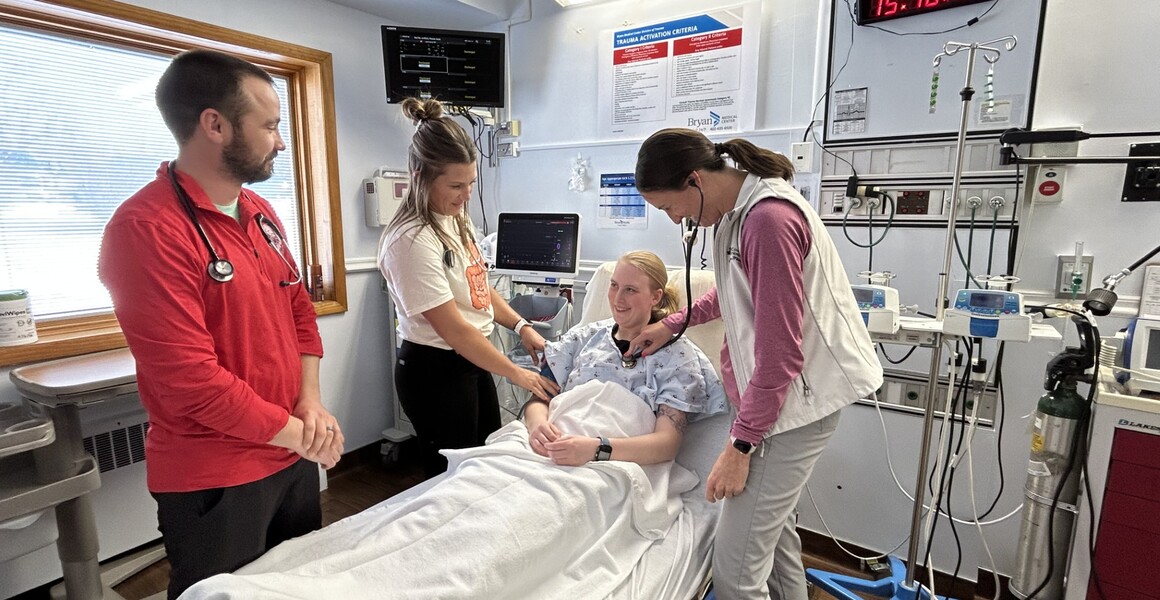Polio Vaccine
By Dr. Kent Niss
Let’s continue some discussion on vaccines and I would like to go over what is widely considered the perfect example of the effectiveness of vaccines, the polio vaccine. Just as when discussing any topic, I use a few questions to frame that discussion: What is it? Why do we care about it? And what’s the impact of the change? In answering these questions, we will need to know a little more about polio, because, honestly, I bet most folks under the age of 50 have not had much discussion on the topic and I would suspect that most folks under that same age have never met anyone who has been affected by polio. So, we will discuss what polio is, why we should care about needing a vaccine for it and then how is this vaccine used and the change that it has brought to our world.
Polio is an infectious disease that injures the nervous system. These injuries include limb paralysis, respiratory paralysis and death. Interestingly enough, cases of polio can be dated back to the time of the ancient Egyptians and are documented throughout history. In the early 1900s it was documented that polio caused over 500,000 deaths per year and that does not count the millions who survived, but with devastating consequences: inability to walk, sit up, or breath. Polio is caused by a virus and is highly contagious. Once this was identified as a virus a brilliant scientist, Jonas Salk, developed a vaccine in just 5 years and this was in 1955. The vaccine he created is the vaccine we still use today. Now, there is a second vaccine for polio that was made and still used in parts of the world, but it is a weakened form of the virus rather than a completely inactivated virus, which is how Salk’s vaccine was produced.
We care about polio because of the enormous and devastating impact that it has had on our world. Also, as our world grows smaller (not really, but there are more people in the world than ever before so it seems more connected) the virus was becoming incredibly transmissible. Prior to the 1950’s polio devastated the world and primarily it effected the young. You may have heard of the “iron lung”. It sounds like a funny thing, but it was a last-ditch effort to try and help someone affected by polio with respiratory paralysis. That term might not be familiar to most, but what respiratory paralysis means is quite literally not having the ability to breath. The nerves that supply stimulation to the diaphragm that allows our lungs to expand when contracted are damaged by the polio virus and they effectively stop communicating the signals from the brain to the muscles. This means that a person can be fully awake, alert and able to feel, but not able to breath, quite literally suffocating. These are unspeakably devastating things these people went through. However, all of that changed with the creation of the polio vaccine.
The polio vaccine was introduced to the United States in 1955 after a remarkable testing trial on 1.6 million children proved its effectiveness. Cases in the USA dropped from 58,000 down to 5600 in just two years! And in just 4 more short years the incidence decreased to 160. That’s a 99% reduction in cases and by the 1990s polio was declared eliminated from the Americas. Through incredible global effort and extremely compassionate work by the WHO (World Health Organization) there have been less than 5 cases yearly since 2021 and these have only been seen in two countries! Just incredible! Now it should be stated that the polio vaccine is still necessary as the disease has been eliminated, not the virus. The virus can still be (and is) transmitted among individuals, but because of the effectiveness of the vaccine the devastating effects are not taking place therefore the disease, Polio, is eliminated. That is an important distinction and is the pivotal reasoning why ongoing vaccination is incredibly important. It is also important to note that without “heard immunity” (a term for all or at least the vast majority of people being vaccinated) polio the devastating disease will return.
The polio vaccine is a perfect example of the incredible impact that vaccines can have, more over Jonas Salk is a great example of the compassion that innovators in science can have. He distributed the plans for the vaccine to the available pharmaceutical companies and did not take any royalties or make a patent to the vaccine as he believed “it belongs to the people.” Please reach out to your provider to discuss vaccinations if you still have questions, it is always better to have a conversation and gain new understanding. I did want to let people know that starting in May we will have a “Question Box” in the lobby of the Rural Health Clinic. This will be a place to drop anonymous questions about medicine, healthcare or whatever you may have questions about. We will try to address these in the articles each week if possible. As I have mentioned before my job as a physician is to help provide my patients with factual, evidence-based information to promote their health. This question box is our way of getting your specific questions brought up in a safe anonymous way.


